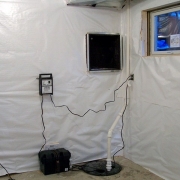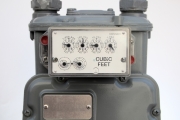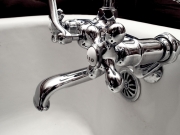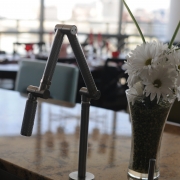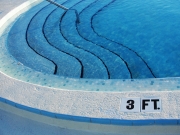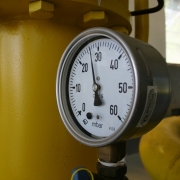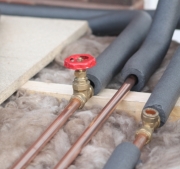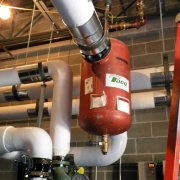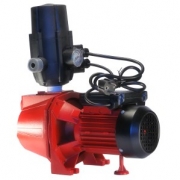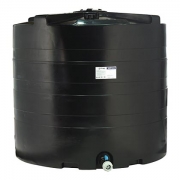Sump Pumps
A sump pump is an automatic water pump powered by an electric motor which removes drainage, excluding raw sewage, from a sump or low point. There are two basic kinds of sump pumps: pedestal and submersible. Either will work well with proper maintenance. Pedestal sump pumps are powered by an electric motor which sits on top of a pedestal. The pump itself sits down in the sump, but the motor sits on top, out of the pit. A pedestal pump motor is not designed to get wet. The pump is turned on and off by a ball float. One advantage of this type of pump is that the on/off switch is visible, so the action of the ball float can be easily seen.
